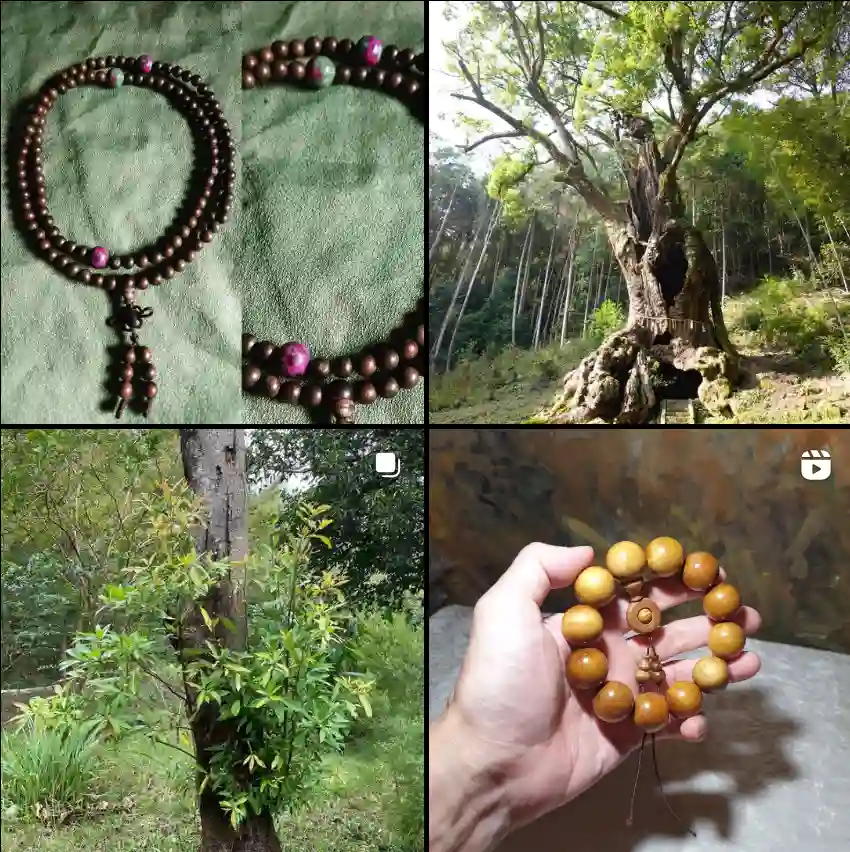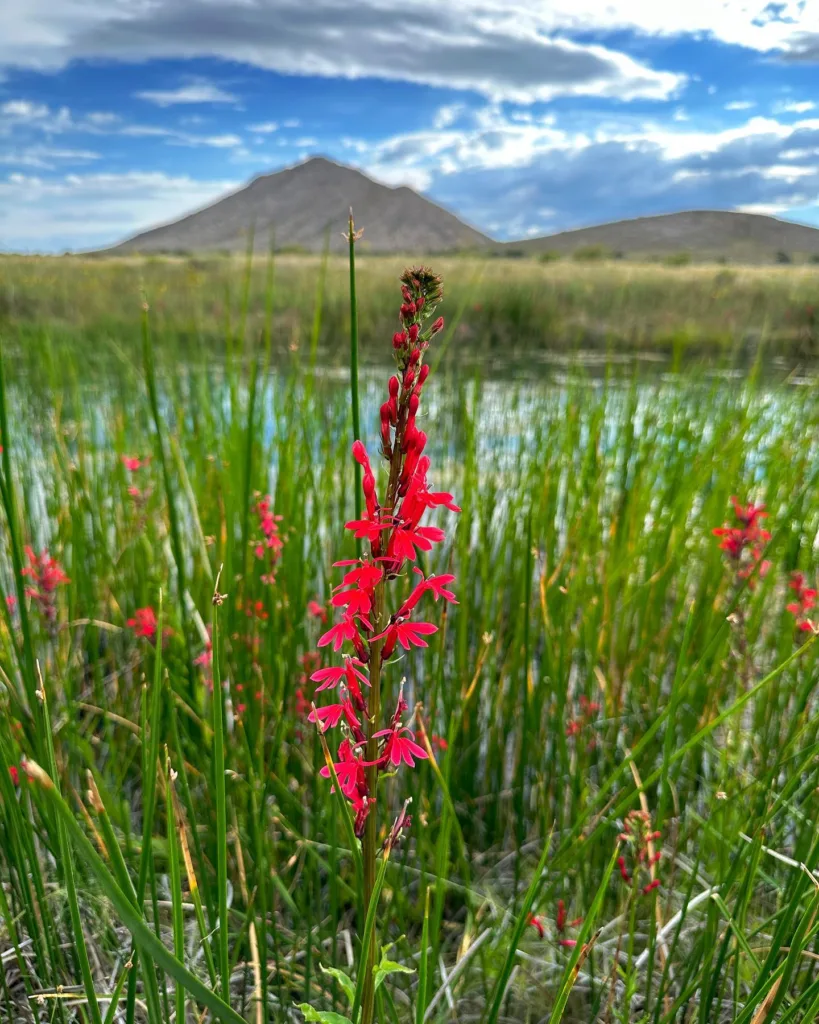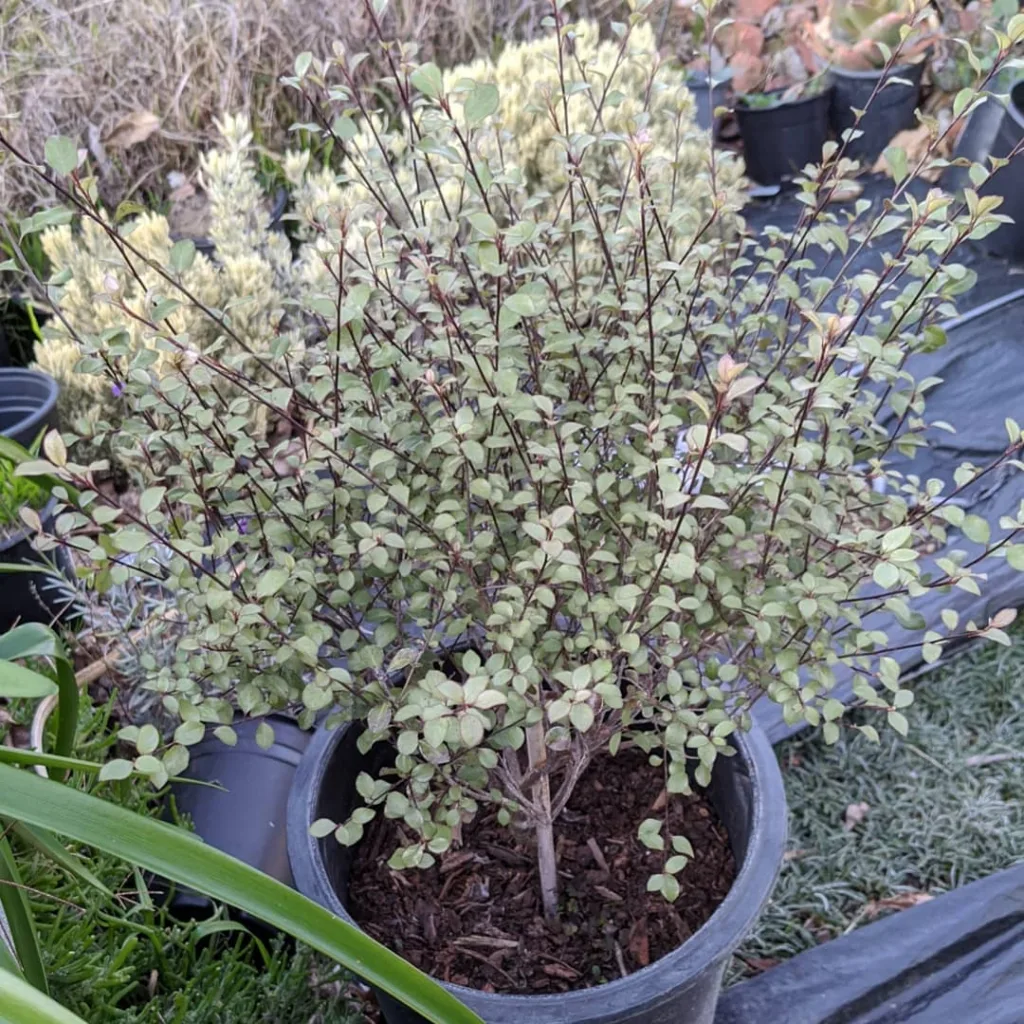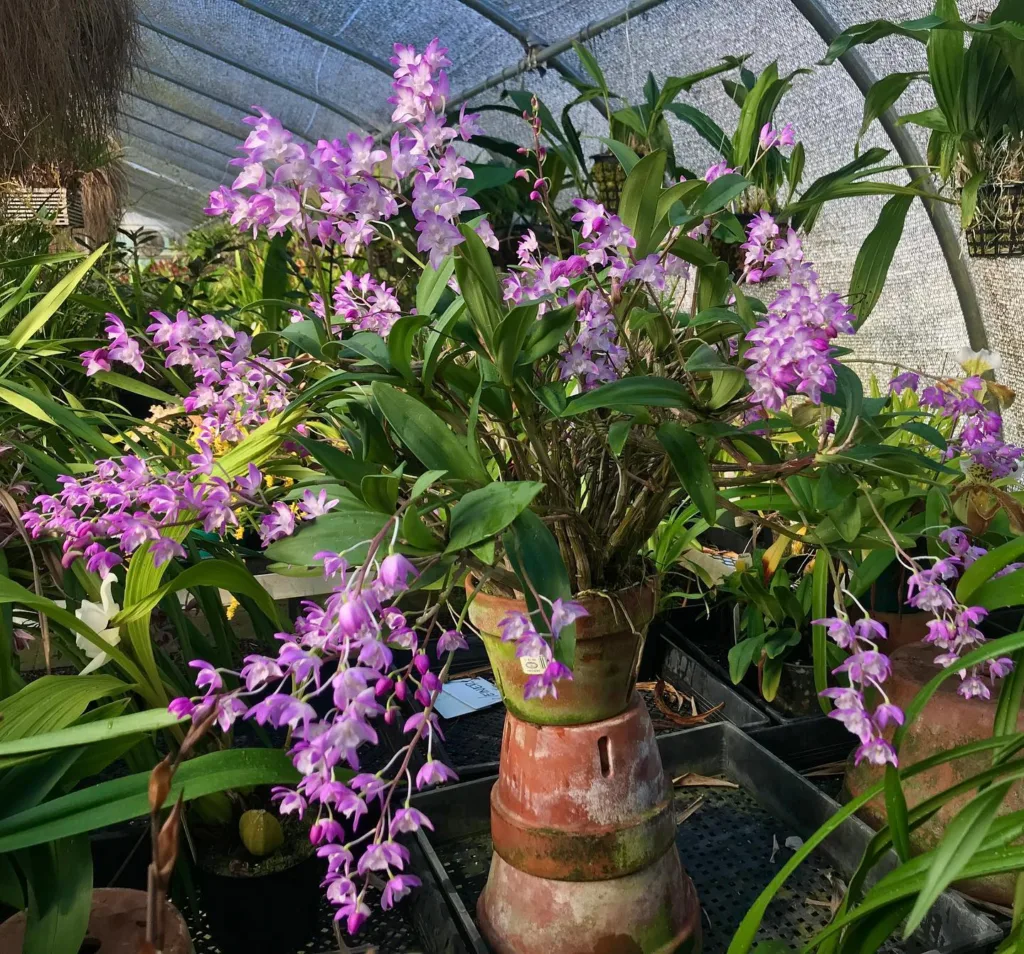The Allure of the Peking Cotoneaster: A Gardener’s Guide
For years, I’d admired the vibrant hedges lining the streets of my neighborhood. Lush green in summer, these hedges transformed into a fiery display of reds and oranges come fall. It wasn’t until I started researching landscaping options for my own yard that I discovered the secret behind this seasonal spectacle: the Peking Cotoneaster – Cotoneaster Acutifolius.
This captivating shrub has become a mainstay in my garden, offering a delightful combination of beauty, functionality, and surprising resilience. From its delicate spring blooms to the vibrant fall foliage and winter berries, the Peking Cotoneaster offers year-round interest. But before you rush out and plant one yourself, let’s delve deeper into this remarkable shrub.
272 Species in Genus Cotoneaster
How fast does Peking Cotoneaster grow?
This easy-going shrub is a moderate grower, typically adding 12-18 inches per year. Patience is key, but within a few years, you’ll have a stunning addition to your landscape.
How far apart to plant Peking Cotoneaster?
Spacing depends on your desired outcome. For a single specimen plant, allow 5-6 feet of room for it to mature. If you’re aiming for a hedge, plant them 2-3 feet apart. Remember, these shrubs can reach a mature width of 4-6 feet, so proper spacing is crucial.
How to plant Peking Cotoneaster?
Planting is a breeze. Choose a well-drained location with full sun to partial shade. Dig a hole twice the width of the root ball and slightly deeper. Gently loosen the roots and place the shrub in the hole. Fill the hole with a mixture of excavated soil and compost, ensuring the root flare sits slightly above the soil level. Water thoroughly and apply mulch around the base to retain moisture and suppress weeds.
How to plant Peking Cotoneaster hedge?
Planting a hedge is similar to planting individual shrubs. Dig a trench following your desired hedge line, ensuring it’s deep enough to accommodate the root balls. Space the shrubs according to the information above, then follow the planting instructions for individual shrubs. Water deeply and regularly, especially during the first growing season.
How to care for Peking Cotoneaster?
Once established, Peking Cotoneasters are remarkably low-maintenance. Water deeply during dry spells, especially during the first few years after planting. Fertilize lightly in early spring with a balanced fertilizer.
Is Peking Cotoneaster evergreen?
No, the Peking Cotoneaster is deciduous. This means it loses its leaves in fall, but the bare branches adorned with black berries add a unique winter charm to your garden.
Are Peking Cotoneaster berries edible?
While technically not poisonous, Peking Cotoneaster berries are not palatable for humans. Their bitter taste makes them unappetizing. However, they are a valuable food source for birds in the winter months.
Do deer eat Peking Cotoneaster?
Generally, deer are not interested in Peking Cotoneaster. The glossy leaves and small thorns deter them from browsing. This makes the Peking Cotoneaster a great choice for areas with deer problems.
Is Peking or Hedge Cotoneaster safe for dogs?
The good news is that Peking Cotoneaster is considered non-toxic to dogs and cats by the American Society for the Prevention of Cruelty to Animals (ASPCA). However, it’s always best to supervise your pets around any plants to prevent accidental ingestion.
What to plant with Peking Cotoneaster?
Peking Cotoneasters pair beautifully with a variety of plants. Consider spring-blooming perennials like columbine or dianthus for a vibrant contrast. Or, plant ornamental grasses for a textural interplay.
How to prune Peking Cotoneaster?
Pruning is not essential for Peking Cotoneaster, but it can help maintain its shape and size. Prune lightly in late winter or early spring before new growth emerges. Remove any dead, diseased, or damaged branches. You can also shape the shrub by selectively trimming back overgrown branches.
With its minimal care requirements and stunning seasonal displays, the Peking Cotoneaster is a perfect addition to any garden. So, if you’re looking for a versatile shrub that offers beauty and functionality, consider planting this little piece of paradise in your own backyard.
If i die, water my plants!



